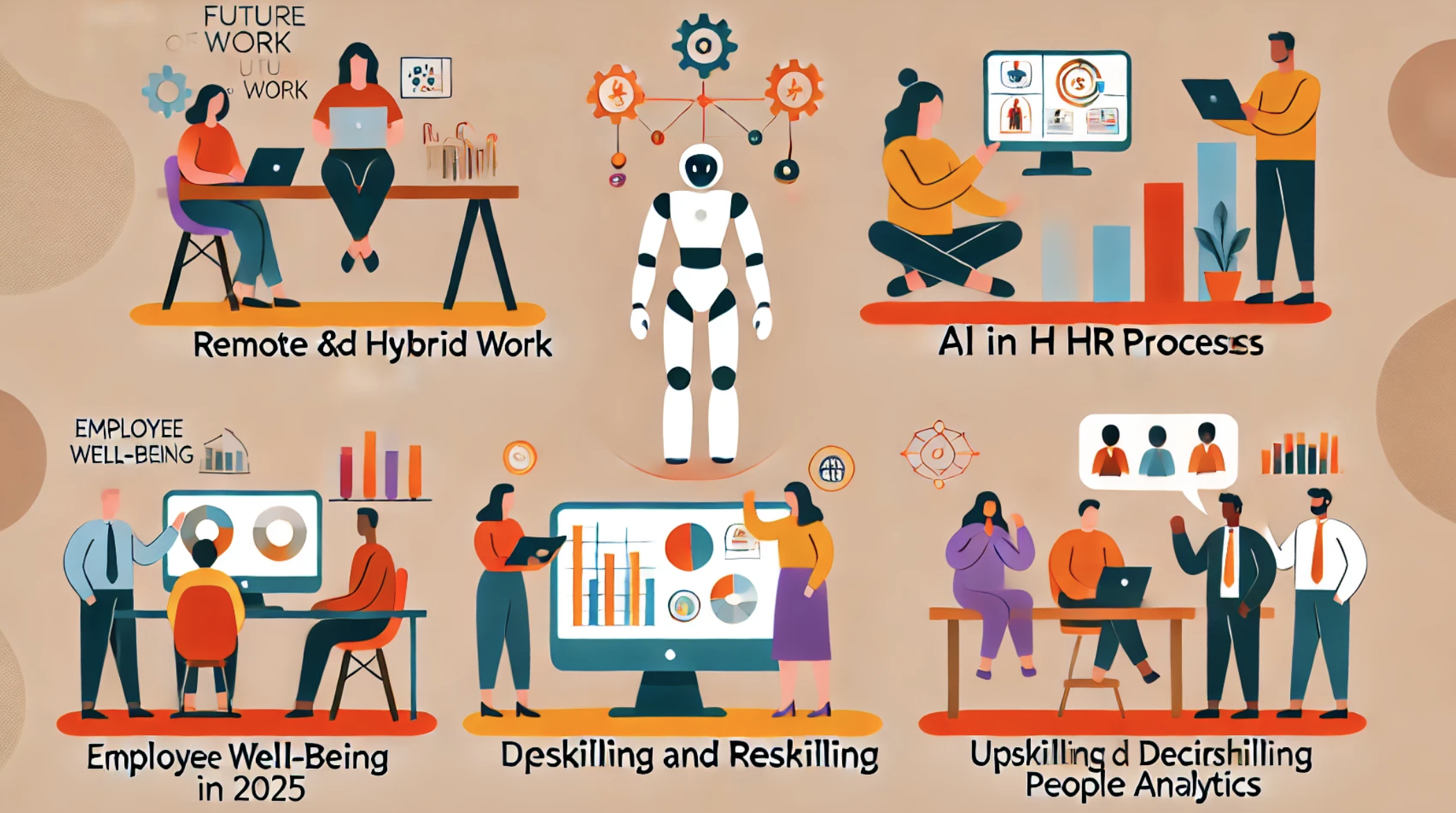 HR Technology
HR Technology
 HR Technology
HR Technology
 HR Technology
HR Technology
 HR Technology
HR Technology
 HR Technology
HR Technology
 HR Technology
HR Technology
 HR Technology
HR Technology
 HR Technology
HR Technology
 HR Technology
HR Technology
 HR Technology
HR Technology





 扫一扫
添加客服
扫一扫
添加客服




